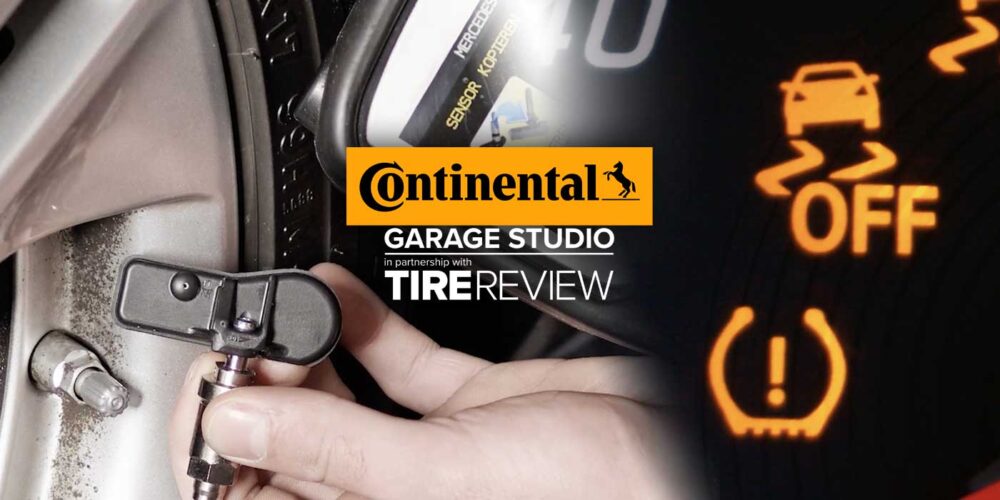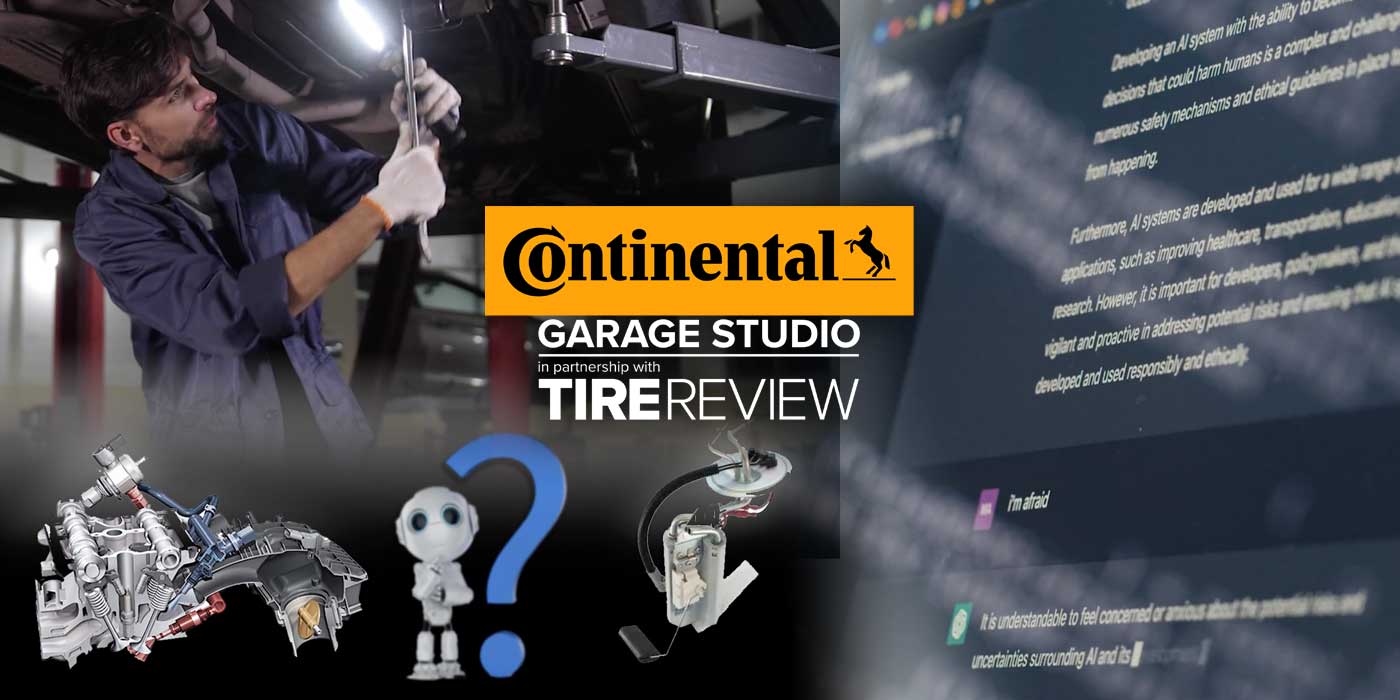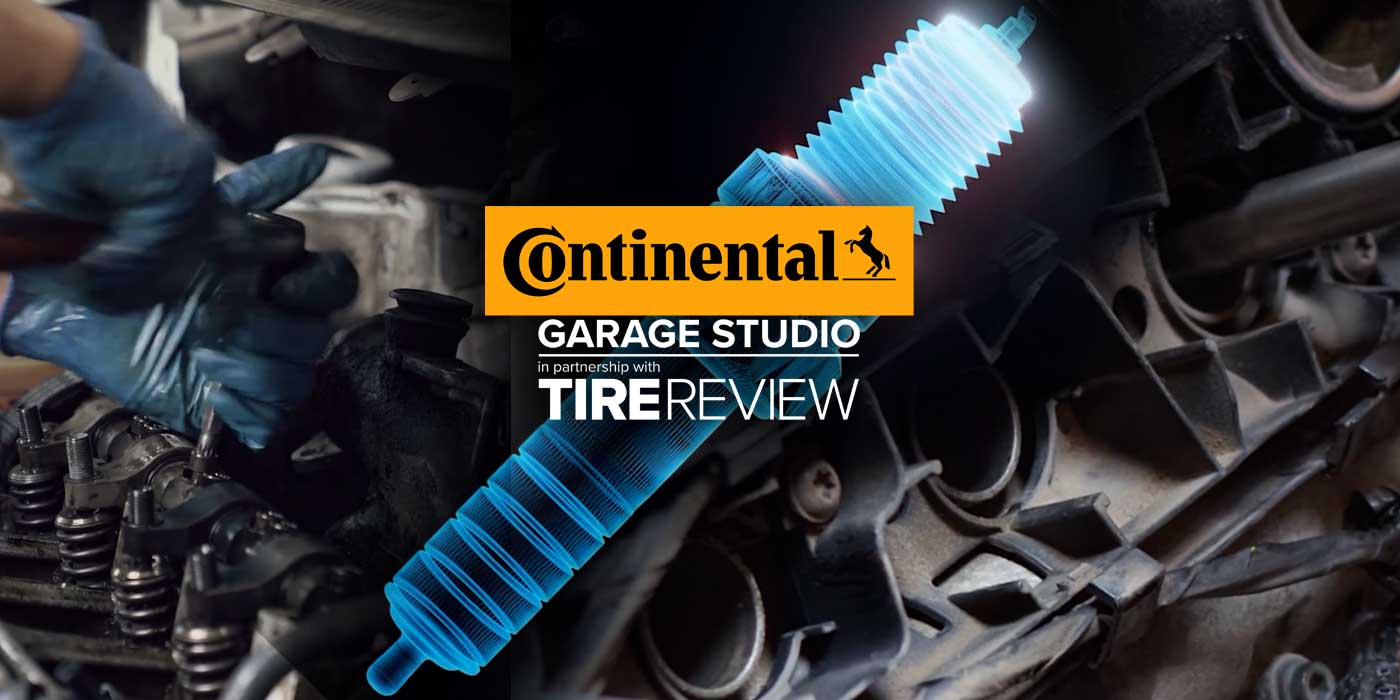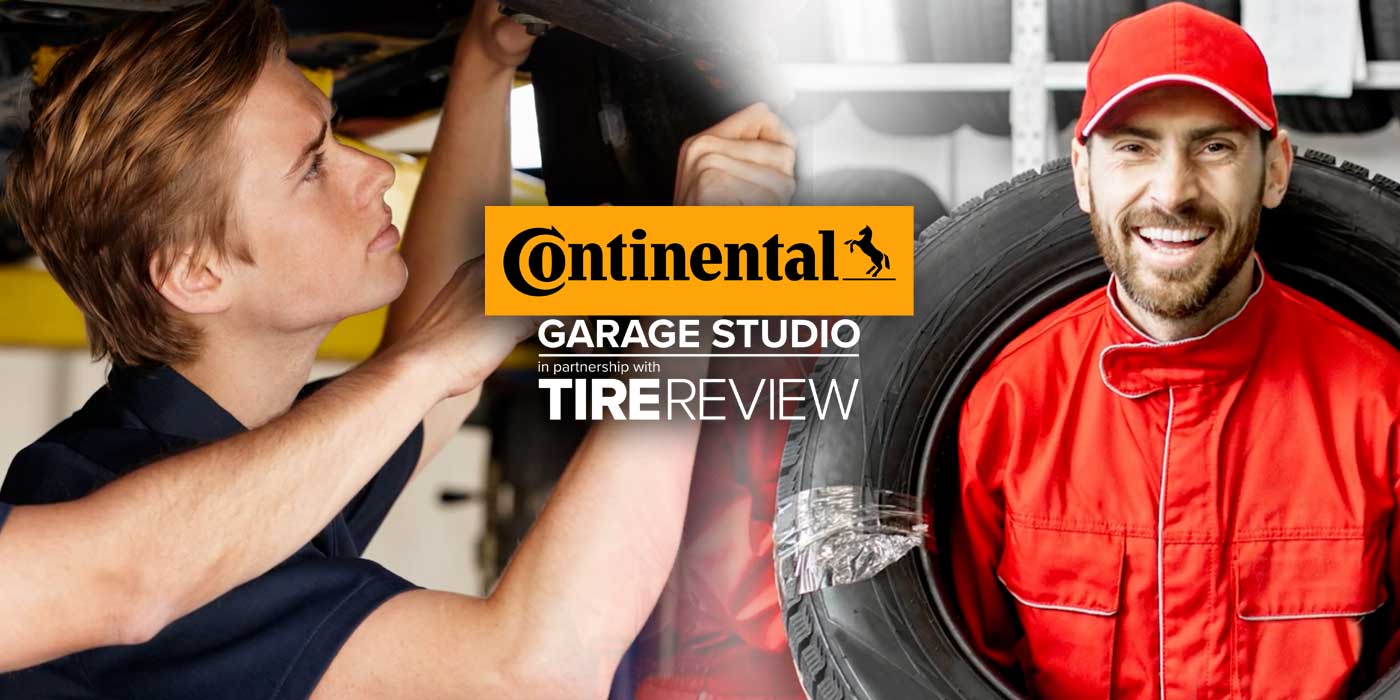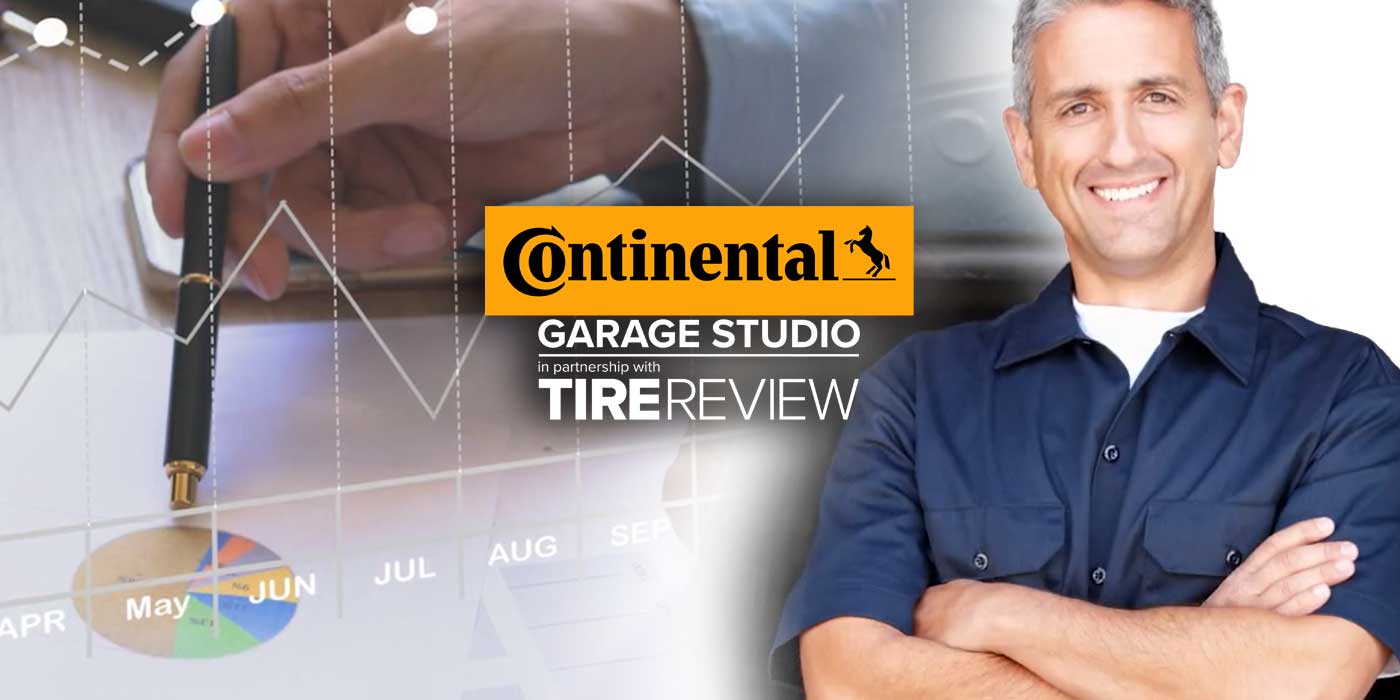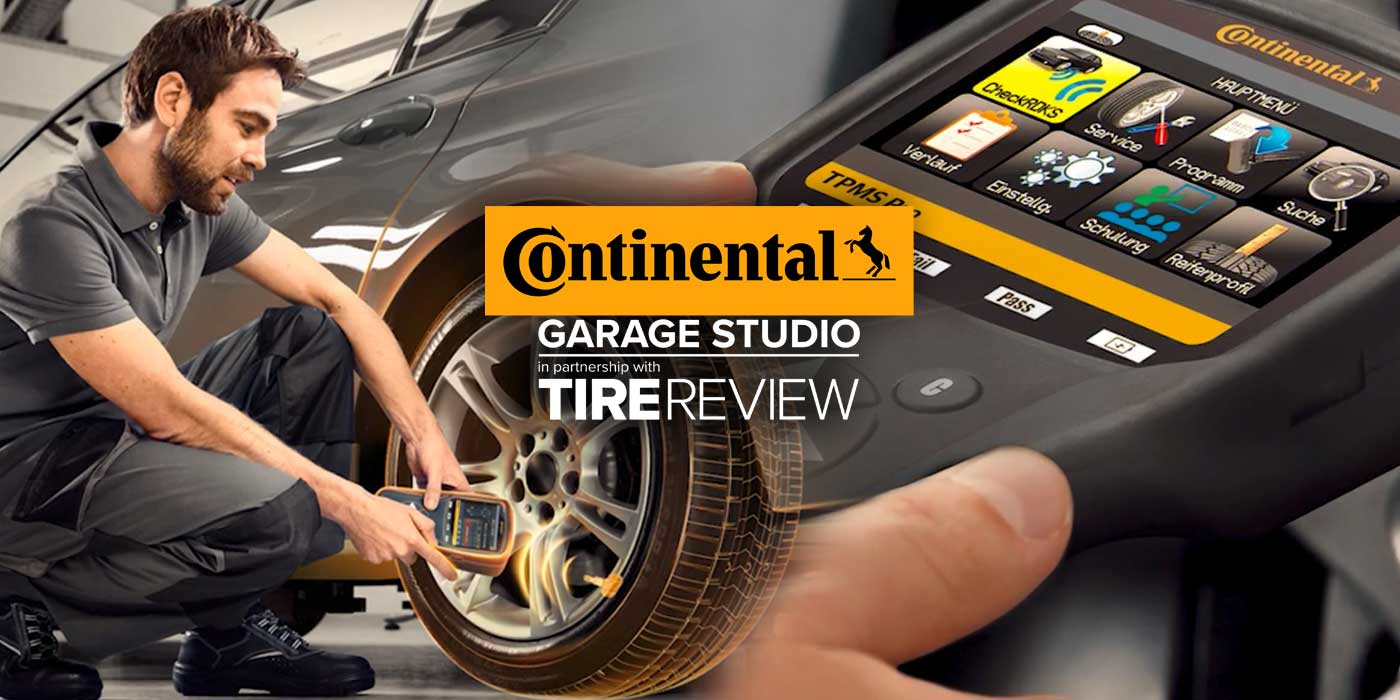So, you’ve got the knowledge to sell racing tires and you’re starting to get a following. But the question remains, what’s the secret to selling more? Knowledge is power with racing tires, and Tire Review’s David Sickels has some tips for recommending them, from the Tire Review Continental Tire Garage Studio at Babcox Media.
To better sell DOT-legal racing tires, it helps to understand where they come from. Most tires in this segment have a solid upbringing from the track.
It’s a three-step process to go from racing to track-to-street. Conventional racing slicks are only used by race teams and that’s where the newest technology is typically tested. Once there, it makes its way into commercial racing slicks, those tires that anyone can order for a race car. And then it could be rolled out in the next-generation high-performance tire in the track-to-street segment. From there, it could even trickle all the way to an all-season UHP tire.
In the ultra-high performance tire market, track-to-street tires tend to stand out for their fusion of racing and UHP summer tire characteristics. Typically, track-to-street tires are engineered to provide highly responsive steering and handling, and they feature rubber compounds that deliver maximum grip and more rubber-to-road contact in sharp turns and offer some wet traction for dependable street use.
The sidewalls on these tires need a certain level of tolerance and stiffness to maintain performance characteristics throughout their life. For example, manufacturers might focus more on accelerating, sudden braking and turning instead of using compounds to help with a tire’s longevity or the ability to evacuate rain water.
Dealers should tell their racing customers that when they take this type of tire out for a spin, they should pay attention to the track’s conditions and temperature. Racers need to be careful to slow down in wet conditions and not use these tires in extreme cold.
Also keep in mind that each rubber compound has a range of temperatures where it finds itself to be most happy. If it’s too hot, it loses grip. If too cold, it also loses grip. This is why race car drivers will typically take a lap to warm up their tires before starting significant aggressive driving techniques.





